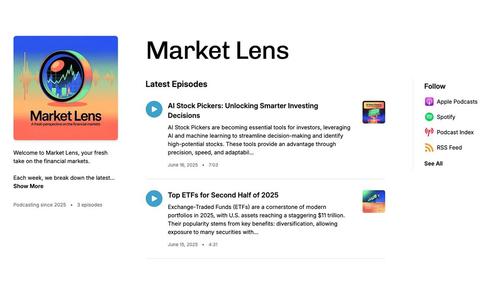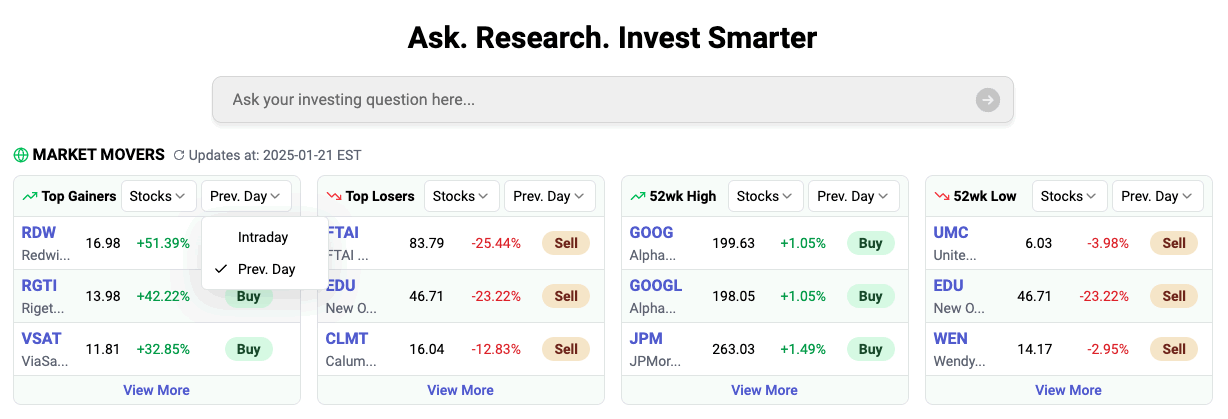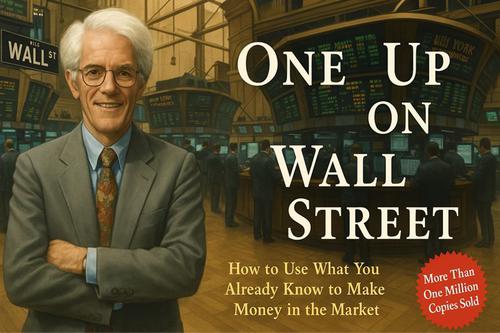MarketLens
Nike’s Rebound Strategy: New CEO Tackles Revenue Slump and China Market
Leadership Transition: A New Chapter for Nike
Elliott Hill Takes the Reins
Nike’s leadership transition is more than just a change at the top; it’s a strategic pivot aimed at revitalizing the brand. Elliott Hill, a seasoned Nike veteran, has stepped in as CEO, replacing John Donahoe. Hill’s appointment is seen as a return to the company’s roots, emphasizing a leadership style that resonates with Nike’s culture and values.
- Cultural Rejuvenation: Hill’s deep understanding of Nike’s ethos is expected to restore employee morale and foster a culture of innovation. His leadership contrasts with Donahoe’s consultant-heavy approach, which some critics argue led to strategic missteps and a decline in employee engagement.
- Strategic Realignment: Under Hill, Nike is likely to revisit successful strategies from its past, focusing on strengthening relationships with athletes and suppliers. This shift aims to rebuild trust and drive long-term value, moving away from the short-term financial focus that characterized Donahoe’s tenure.
The Impact on Nike’s Turnaround Strategy
Hill’s leadership is anticipated to bring a fresh perspective to Nike’s turnaround strategy. Analysts are optimistic that his familiarity with the company will enable a more effective navigation of current challenges, including increased competition and a lack of innovative products.
- Focus on Core Competencies: Hill’s strategy will likely emphasize Nike’s core strengths, such as performance footwear and apparel, while addressing weaknesses in digital and direct-to-consumer sales.
- Investor Confidence: The leadership change has already sparked positive sentiment among investors, with Nike’s stock showing signs of recovery. Hill’s upcoming plans, expected to be unveiled at the Investor Day, are eagerly anticipated as potential catalysts for further stock performance improvements.
China Market Recovery: A Complex Landscape
Navigating Economic Challenges
China, a crucial market for Nike, presents both opportunities and challenges. The company’s direct sales exposure to China is significant, making its recovery in this region vital for overall growth.
- Economic Stimulus and Consumer Trends: China’s economic stimulus plans could boost consumer spending, offering a potential lifeline for Nike. However, the company faces rising competition from local brands and a growing preference for domestic products among Chinese consumers.
- Strategic Adjustments: To regain momentum, Nike must navigate these challenges by enhancing its product offerings and tailoring its marketing strategies to resonate with Chinese consumers. This includes addressing the competitive landscape and leveraging its brand strength to win back market share.
Prospects for Recovery
While the outlook for Nike’s recovery in China is cautious, there are signs of potential growth. Sales in China have exceeded Wall Street estimates, indicating a positive trajectory despite broader global struggles.
- Long-term Growth Potential: Nike’s CFO, Matthew Friend, remains optimistic about the long-term growth potential in China, driven by increasing sports participation and a strong brand presence.
- Challenges Ahead: Despite these positive indicators, Nike’s path to recovery in China is fraught with challenges. The company must contend with macroeconomic uncertainties and evolving consumer preferences, which require strategic agility and innovation.
Product Innovation: The Key to Market Share
The Need for Innovation
Product innovation is at the heart of Nike’s strategy to regain market share. The company’s recent struggles highlight the urgent need for new, exciting products that resonate with consumers.
- Legacy Franchises vs. New Launches: Nike’s over-reliance on legacy franchises like Air Force 1 and Air Jordan 1 has led to inventory issues and declining sales. In contrast, competitors like Adidas have successfully launched new collections, underscoring the importance of innovation.
- Strategic Focus: Hill’s leadership is expected to prioritize product innovation, with a focus on both high-fashion collaborations and mass-market offerings. This approach aims to reinvigorate consumer interest and drive sales growth.
The Path Forward
To successfully navigate the competitive landscape, Nike must leverage its strengths in product innovation and brand storytelling.
- Collaborations and Partnerships: Strengthening collaborations with athletes and designers can enhance Nike’s product offerings and market appeal. These partnerships are crucial for maintaining brand prestige and competitive edge.
- Marketing and Brand Building: Effective brand storytelling, as demonstrated by Nike’s strong presence during the Paris Olympics, is essential for revitalizing the brand and engaging consumers.
Conclusion: A New Dawn for Nike
Nike’s journey under Elliott Hill’s leadership is just beginning. The company’s ability to navigate the challenges of the Chinese market, coupled with a renewed focus on product innovation, will be critical to its success. As Nike embarks on this new chapter, investors and consumers alike will be watching closely to see how the brand evolves and adapts to the ever-changing landscape of the sportswear industry.
In the coming months, Nike’s strategic decisions will determine its trajectory. By embracing innovation, strengthening partnerships, and leveraging its brand strength, Nike has the potential to not only recover but thrive in the global market. As Hill takes the helm, the world will be watching to see if Nike can once again “Just Do It.”
Related Articles
Category
You may also like
No related articles available
Breaking News
View All →No topics available at the moment






